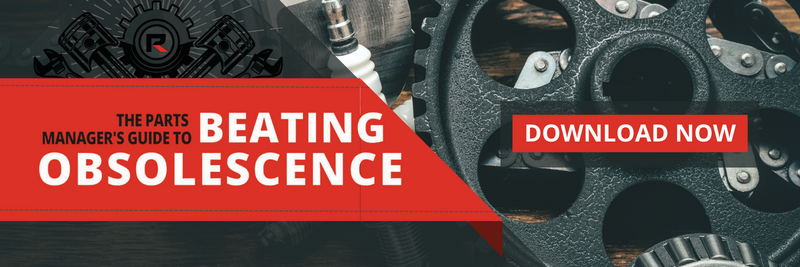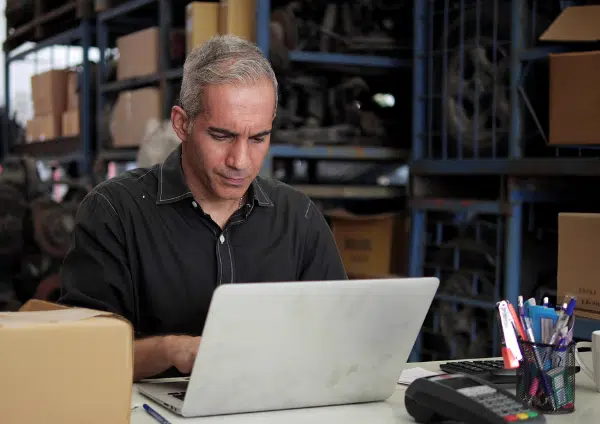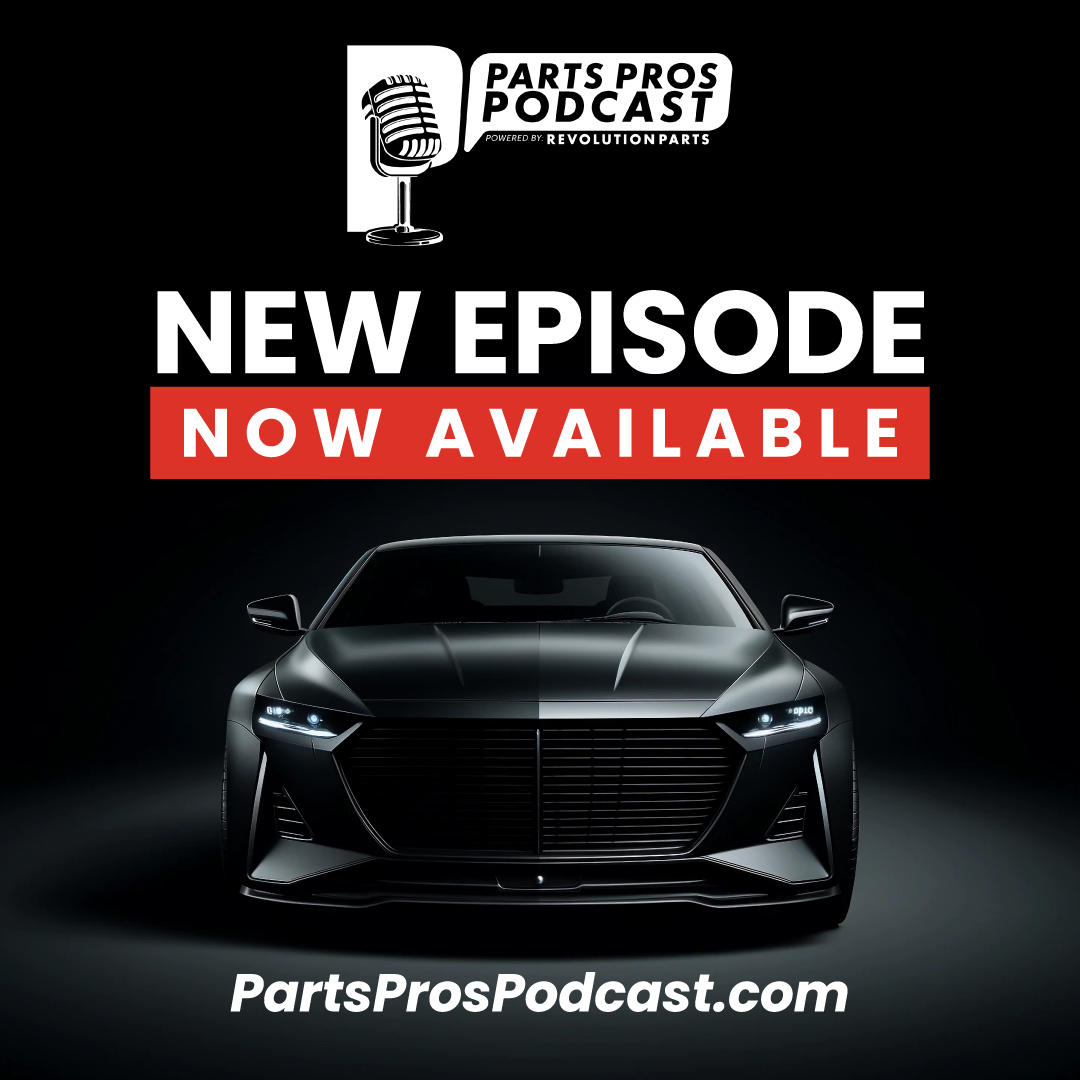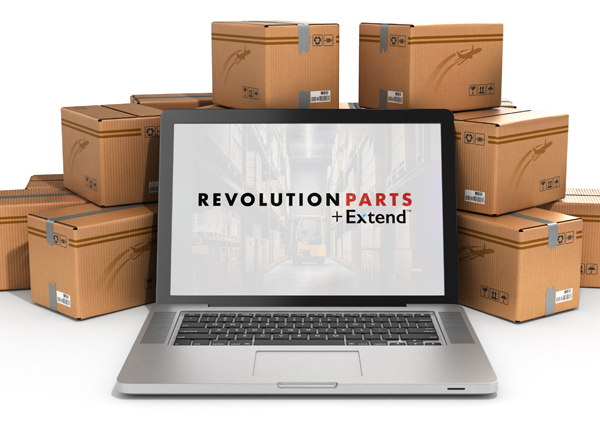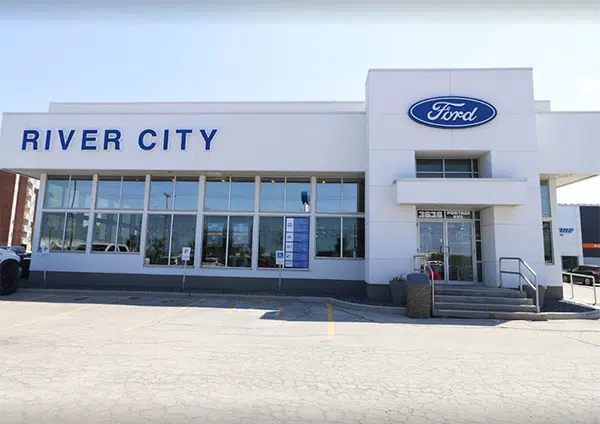Well, what if there was a secret to getting rid of that monster?
Much like the monster himself, the average parts department’s obsolete inventory stems from one thing: special order parts returns.
Special order parts are one of the biggest drivers of obsolescence. When customers put in a request for a specific part, they either order the wrong part, find parts cheaper elsewhere, or just return those parts without reason. As a result, they pile up on the shelves and are often forgotten.
So, how can you prevent special order parts from piling up?
Why Obsolete Inventory is a Killer
The costs associated with obsolete inventory are astronomical. Obsolete parts do more than just take up valuable space; they carry inventory costs by occupying valuable space in the warehouse, reducing cash flow, diverting attention from more critical tasks, and tying up capital that could have been used elsewhere.
If you’re not keeping proper track of how many older parts you have in stock, you may contribute even more to your obsolescence rate. You can end up over-ordering older parts that you already have in stock. Knowing exactly what you have in stock and is essential to ensuring you don’t overorder parts that contribute to more back-stock.
How to Set Up Your Return Policy for Special Order Parts
A well-defined return policy can help go a long way in reducing returned parts. This is especially true when dealing with specially ordered parts. Ordering parts that are harder to source for specific customers has a ripple effect on your inventory.
- It increases costs for your parts business by ordering an already difficult-to-find part, which contributes to higher costs to get that part to your shelves as quickly as possible.
- With the aftereffects of supply chain interruptions still being felt, getting special-order parts to you takes time. Time that your customers may not be willing to wait.
- If the part ordered is incorrect, arrives late, or is no longer needed by the customer, instead of going back into the sales cycle for customers looking for similar parts, it gets stuck on the shelf and stays there.
So, what can be done about returns of special-order parts? This is where policy flexibility should come into play.
If a part is ordered that doesn’t fit the customer’s needs, offer them to exchange it for parts they need at a small fee. This ensures that you don’t lose money on the parts you’ve already ordered and rotate out your existing inventory to make space on the shelves. This encourages your customers to make their purchases without fearing getting stuck with an unwanted item. You can also offer them a discounted or free service for installing that part.
Having this much flexibility in your return policy strategy presents a few benefits for your parts business.
- Reduced holding costs for obsolete inventory.
- Enhanced customer trust and loyalty due to the flexibility in the return policy.
- Better inventory turnover ratio, leading to increased profitability.
- Potential for repurposing or reusing returned parts for other customer orders.
Key Components of a Flexible Return Policy
Setting up a return policy that suits your and your customer’s needs is crucial.
To set up the right return policy, you must have the right parameters.
Clear criteria for which parts are eligible for return.
Defined time frame for returns.
Options for restocking fees or other associated charges.
Guidelines for condition assessment.
Dealing with Setbacks
No matter how fair your policies may be, you’ll deal with some negative feedback and other setbacks from customers. The important thing is not to panic. Transparency and education are essential here.
Educate your customers about policy stipulations to ensure clarity and establish a dialogue with them during their returns or exchange processes. This will help them better understand the policies themselves and establish relationships with customers that lend to increased brand trust.
Set up automated systems to quickly process returns and restock items. When an influx of order returns or exchanges occurs, help your team process them as efficiently as possible. Utilize automated systems to help you keep track of returns, stay on top of customer comms, and accurately track your inventory. This will help you avoid obsolescence problems in the future.
These can help you deal with any friction points between you and your customers to deliver the best overall customer experience.
Keep Your Inventory and Parts Sales Alive
While it may not be entirely painless, a strong and effective returns process can help you keep your inventory stable. Drive down obsolescence with flexible returns and exchange policies. Stay on top of inventory rotation with automated inventory management systems. Be consistent when communicating with customers about return guidelines to establish a trusting and transparent relationship.
Looking for more ways to tackle even the scariest obsolescence rates? Check out our free guide, “Parts Manager’s Guide to Beating Obsolescence,” for more expert tips.
